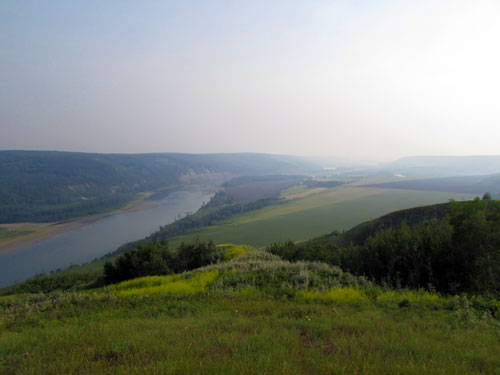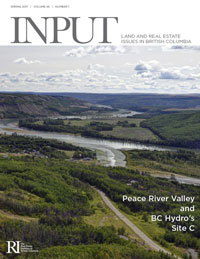Insight: REIBC blog > Unproven Energy Needs Can’t Justify Site C
 |
Eighty-three kilometres of the Peace Valley will be flooded once Site C is built. credit: Emma Gilchrist, DeSmog Canada (flickrCC)
|
Site C will flood 83 kilometres of the Peace River valley. This will destroy almost 16,000 acres of farmland in the traditional territory of the Treaty 8 First Nations. It will displace residents, some of whose families have been homesteading there for generations. And it will cause the loss of rare plants, terrestrial wildlife, fish habitat, and historical resources. With these impacts, can the project be justified?
West Coast Environmental Law’s staff council Anna Johnston doesn’t think it can, and she points to the conclusions of the Joint Review Panel for support. “The Panel held that the cumulative effects of these impacts, both in combination with each other and when considered in the context of the multiple agricultural, silvicultural and industrial developments in the area, would not just diminish biodiversity in the Peace Region, but result in a loss to world biodiversity and heritage,” writes Johnston.
The Panel itself writes in its report: “Justification [for Site C] must rest on an unambiguous need for the power…” Summarized by Johnston, the Panel’s conclusion was that “BC Hydro failed to prove that Site C is the answer to BC’s energy needs.”
 |
| Download Spring 2017 |
Read more about the significant costs of Site C and the challenges of forecasting long-term energy needs in “Site C Dam: The Best Option for New Energy BC Doesn’t Need,” in the Spring 2017 issue of Input, page 28. Download Spring 2017
More information about the 2014 Report of the Joint Review Panel
Join the conversation on Facebook
